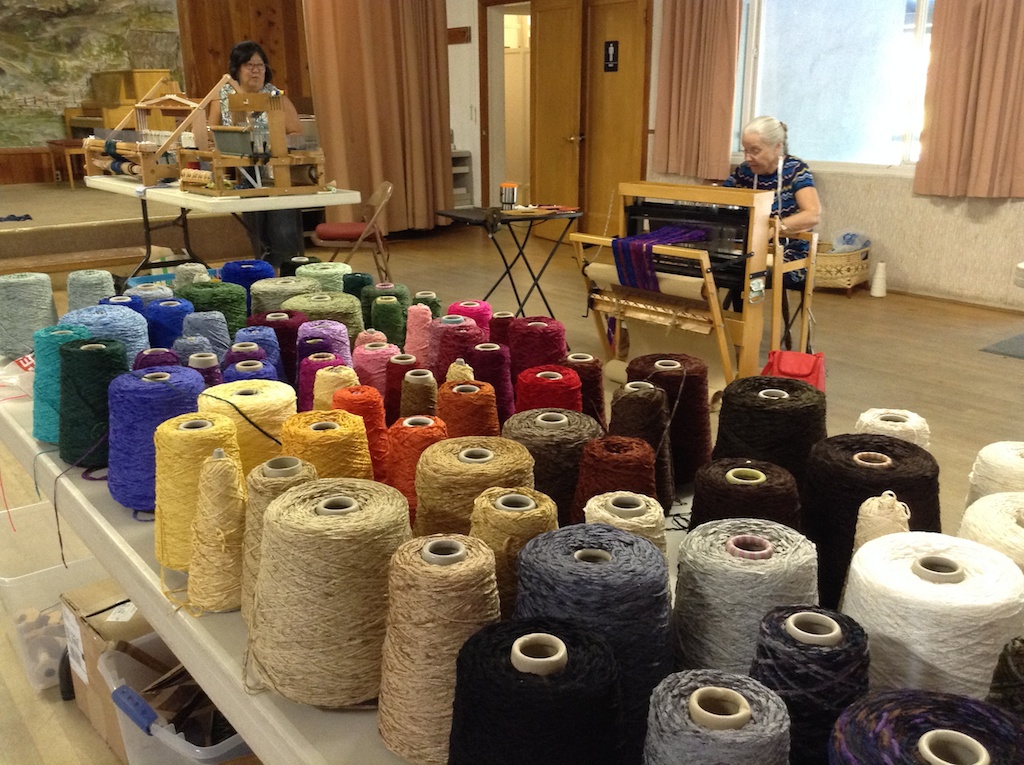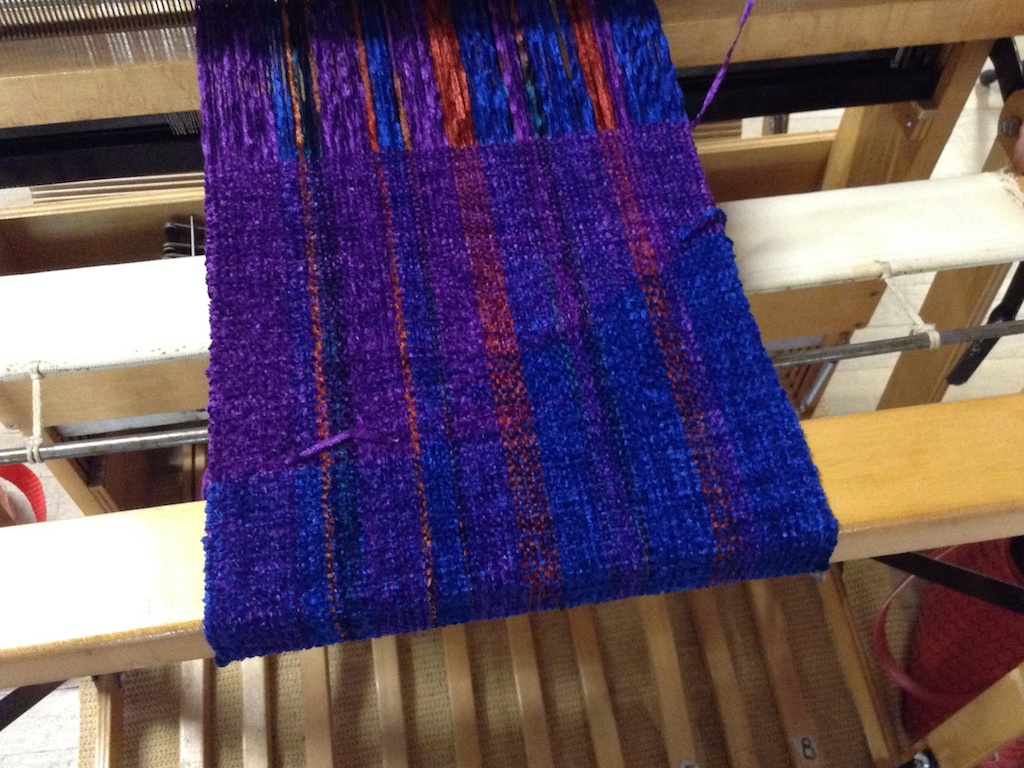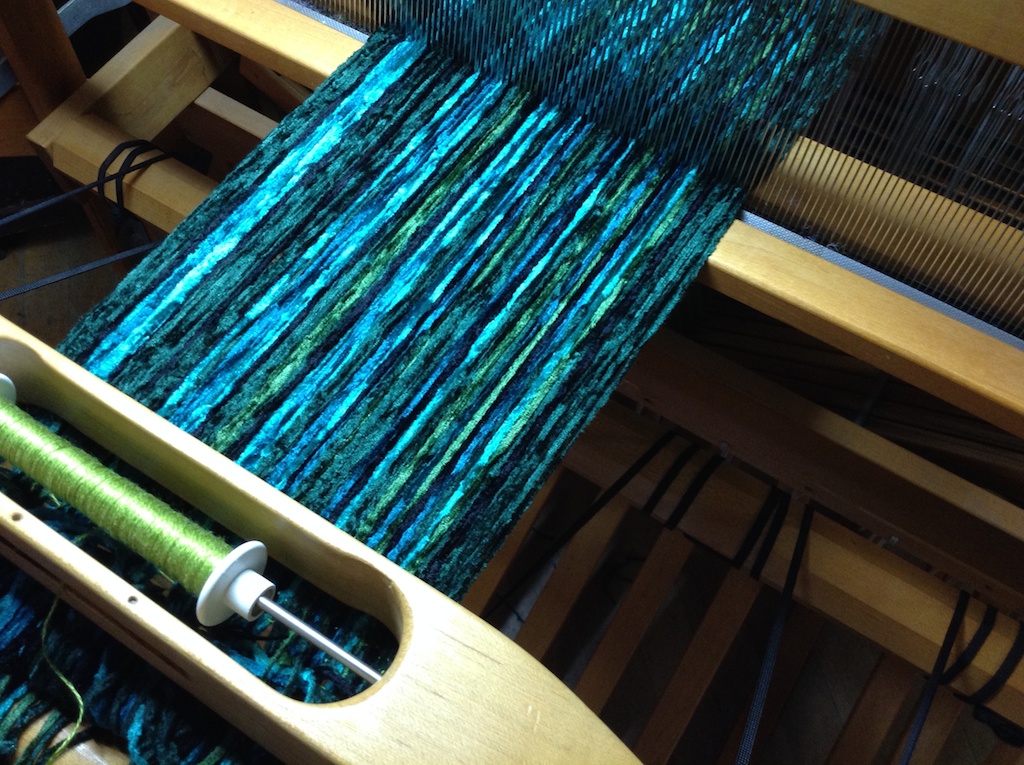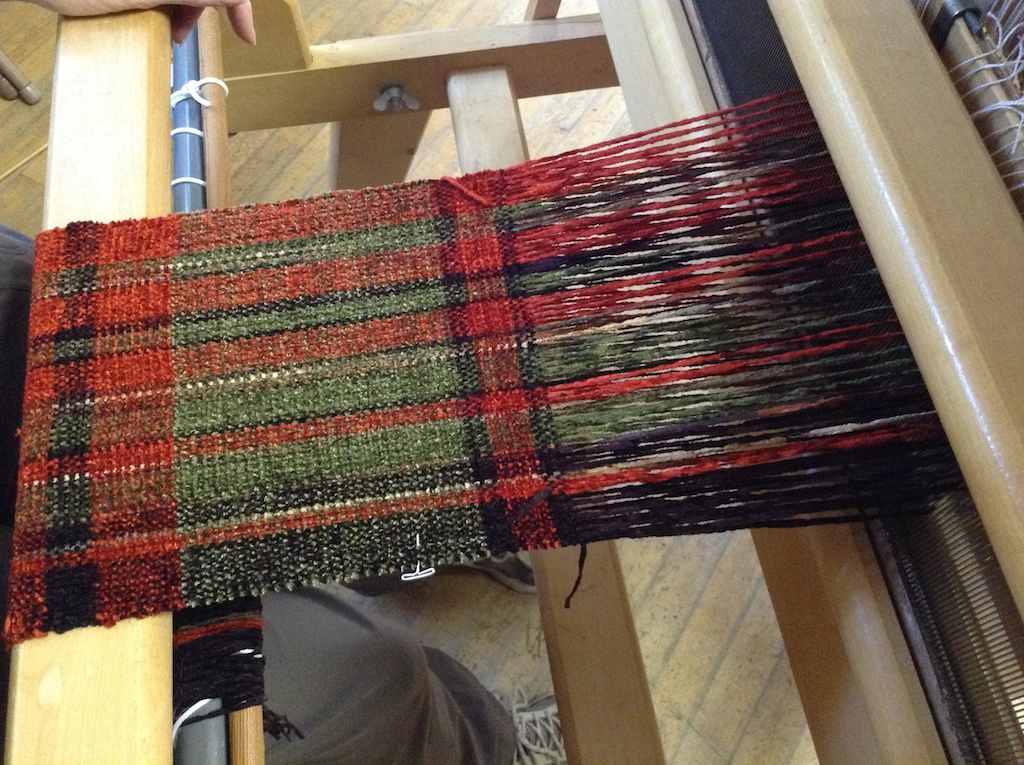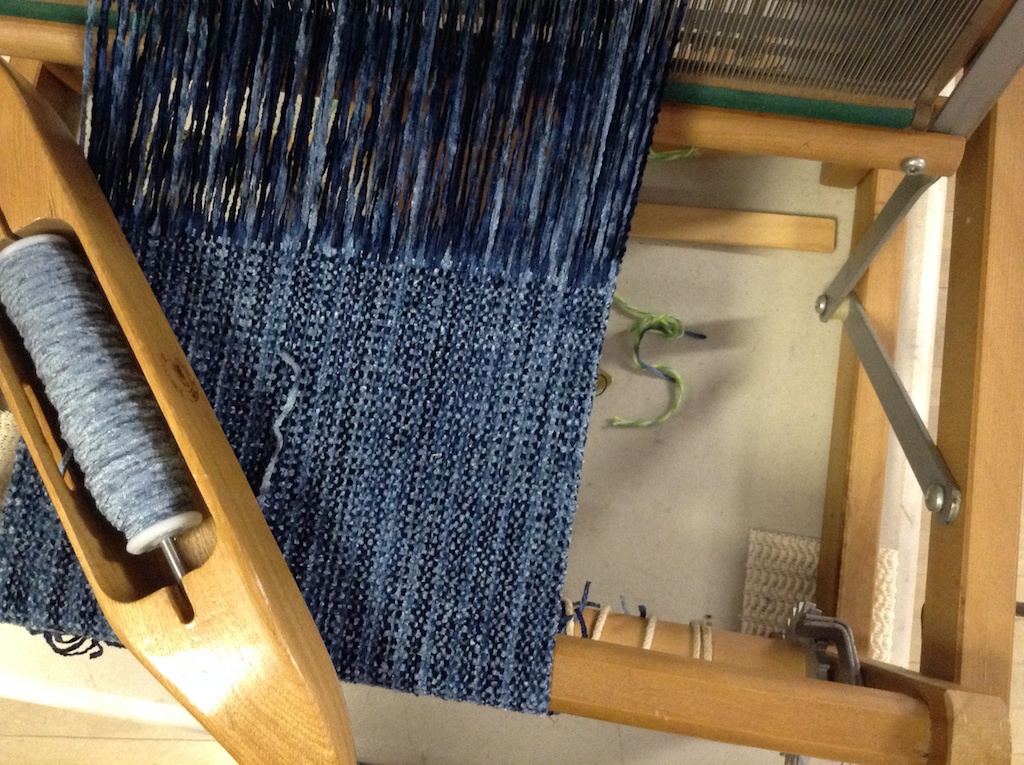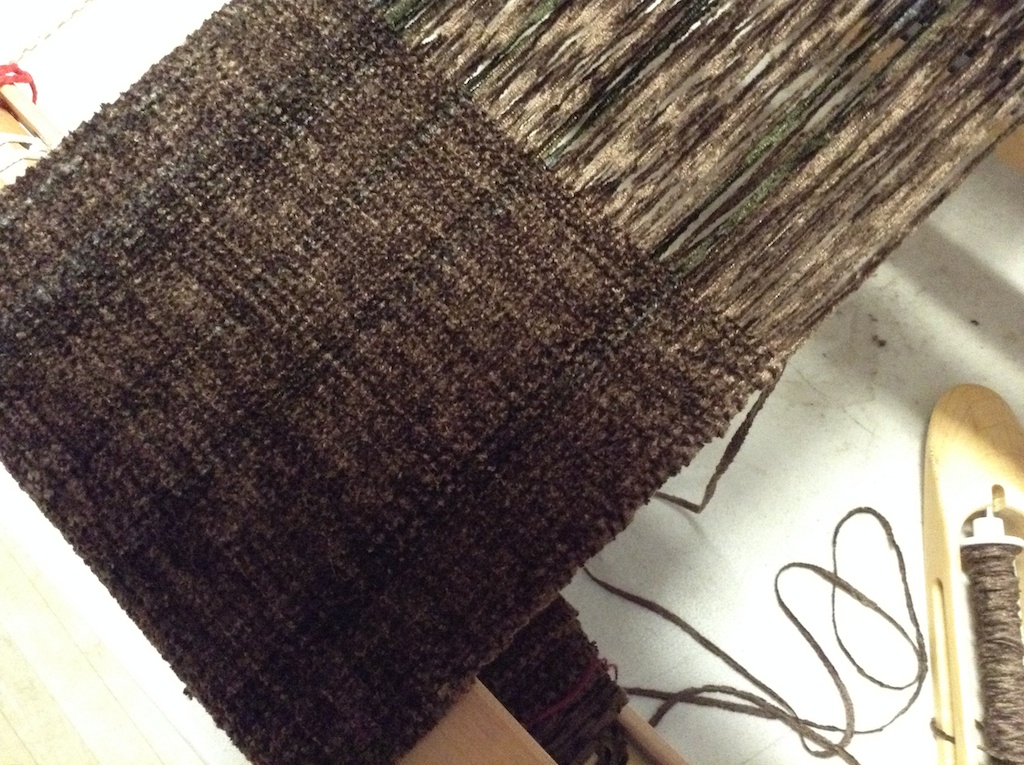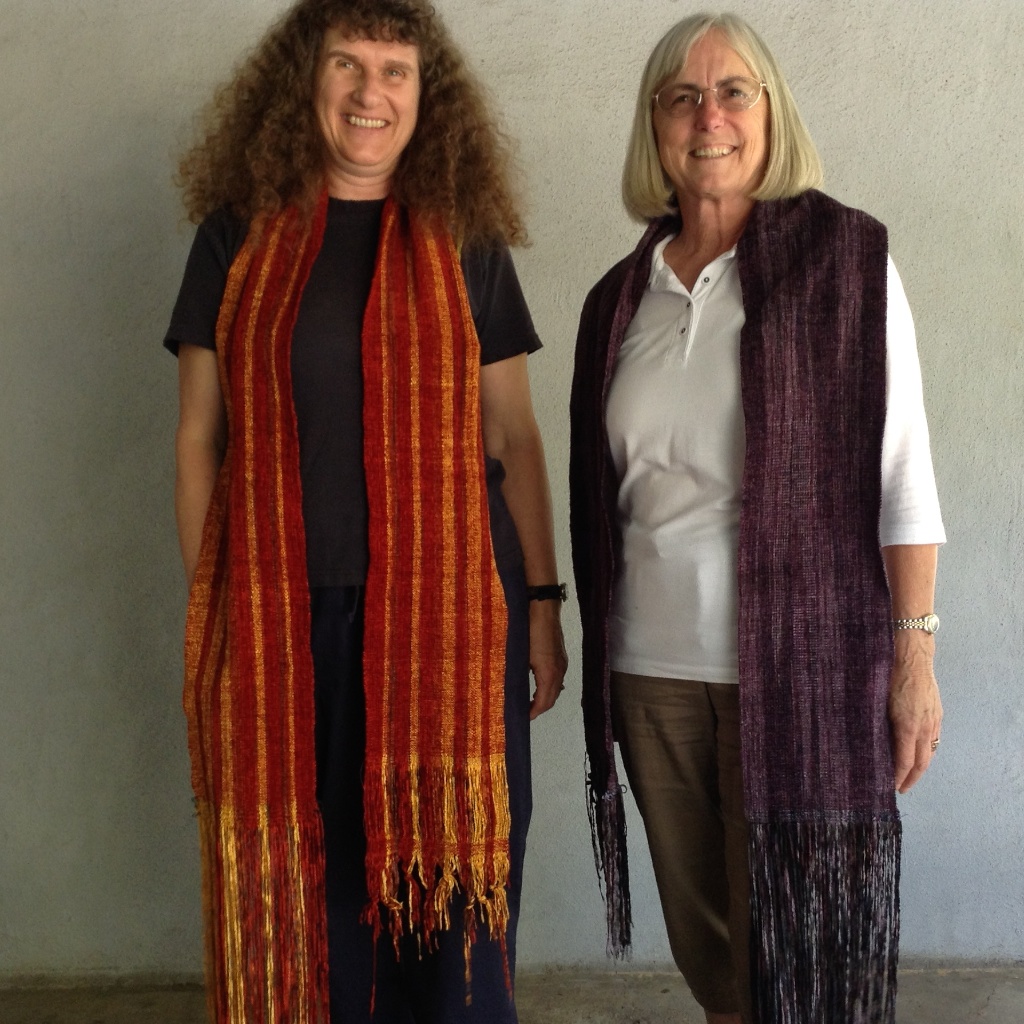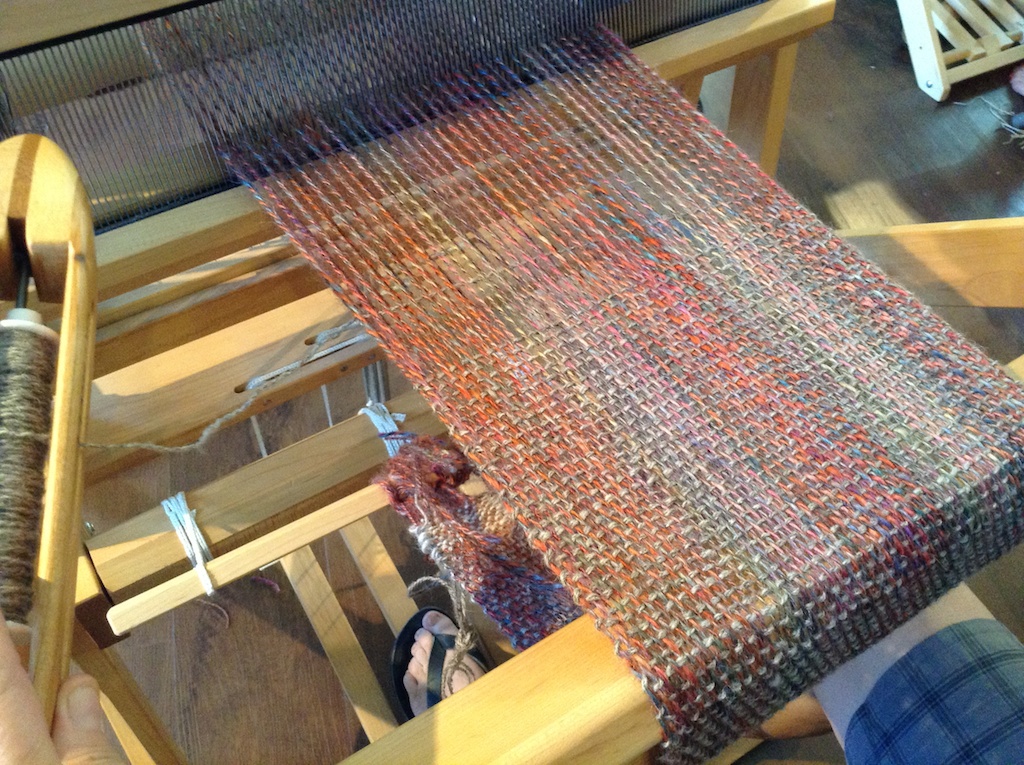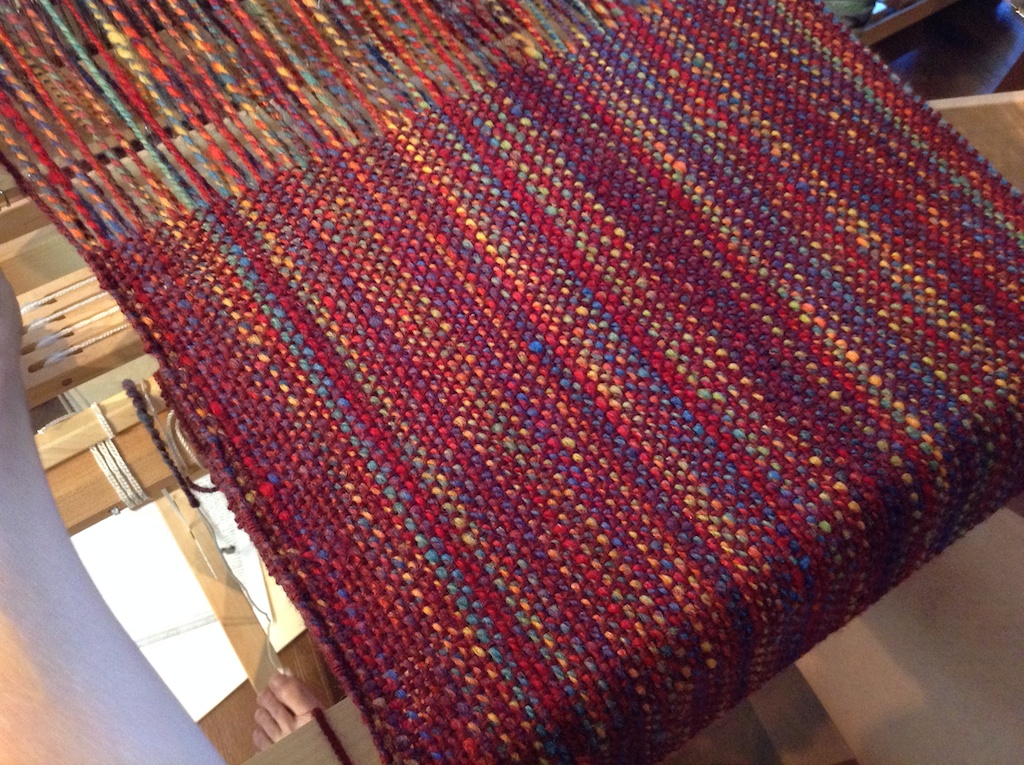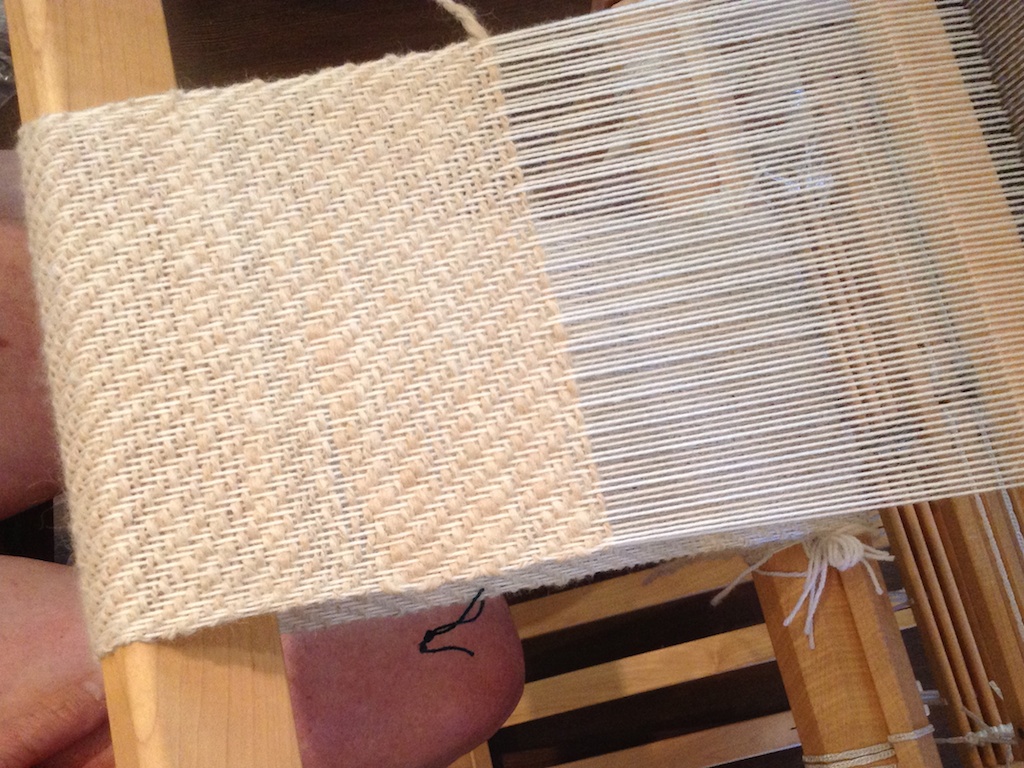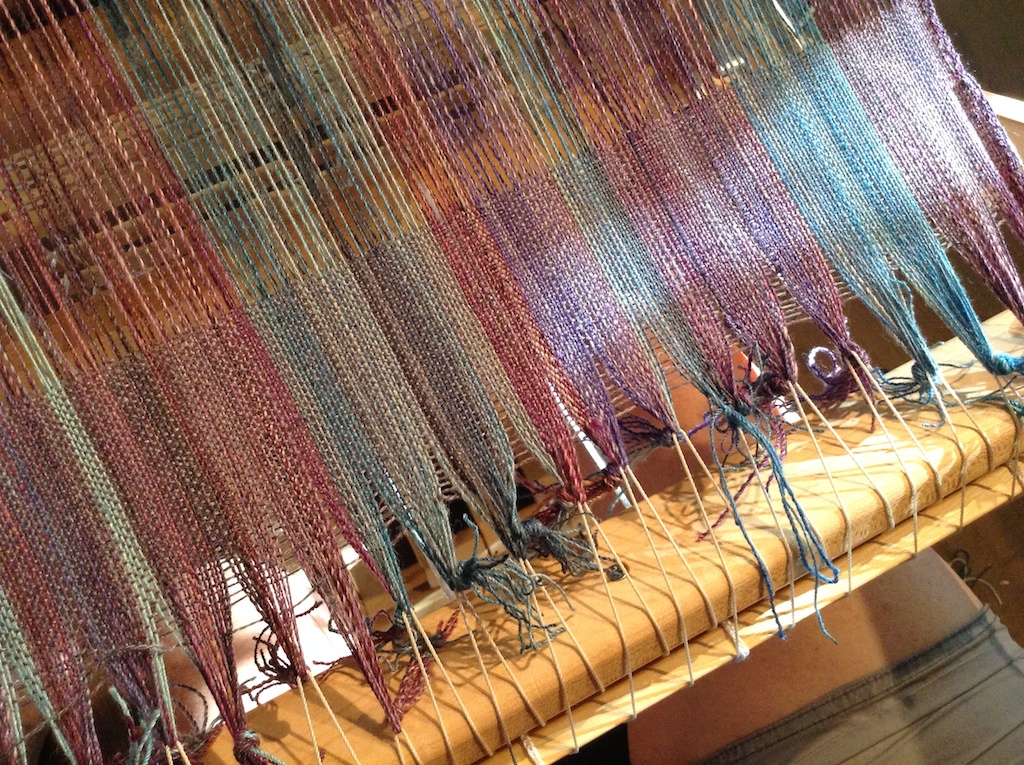Close to Home...Post #5 - Mom's Yarn
/I've been writing posts about my show at The Artery in Davis. Here is a link to the first post that explains the concept. I used this photo in the show but had a hard time deciding between it and the one below both taken probably in the 1970's at our place in Cotati, CA where I grew up.
I used this photo in the show but had a hard time deciding between it and the one below both taken probably in the 1970's at our place in Cotati, CA where I grew up.  Here is the story:
Everyone I know who is a weaver has a yarn stash and I am no exception. My stash includes what I like to think of as “archival” yarns that were spun by my mom years ago. Over the years the odd ball of my own handspun yarn has ended up in the stash that I have accumulated.
Here is the story:
Everyone I know who is a weaver has a yarn stash and I am no exception. My stash includes what I like to think of as “archival” yarns that were spun by my mom years ago. Over the years the odd ball of my own handspun yarn has ended up in the stash that I have accumulated.
Most of the yarn mom spun was from sheep that were the descendants of my brother’s 4-H project (I raised dairy cows and didn’t do anything with sheep back then) and many years later from my flock of sheep. Mom took up the hobby of spinning in the 1970’s as an adjunct to her expert knitting passion. These yarns reflect the lumpy, bumpy style of that era as that was the type of yarn she liked to use in her knitting and later in weaving.
The blankets in this show that are labeled with yarn from “My Mom” are woven by me using these yarns for warp and one of my current yarns for the weft. Pillows and organizers labeled “My Mom” use her handwoven fabric scraps left over from constructing jackets, vests, or blankets.
 Two throws, above and below. All of these blankets have Mom's yarn as the warp. The challenge with weaving something like this is that all the yarns are of different grist, amount of twist, and elasticity. That can cause waviness (or seersucker effect) in the woven piece. By using small amounts in each place instead of big bands I can minimize the effect, but it doesn't all go away. There wasn't enough of any one for weft so I used other yarn for the weft yarns--either my Jacob yarn or other yarn featured in the show.
Two throws, above and below. All of these blankets have Mom's yarn as the warp. The challenge with weaving something like this is that all the yarns are of different grist, amount of twist, and elasticity. That can cause waviness (or seersucker effect) in the woven piece. By using small amounts in each place instead of big bands I can minimize the effect, but it doesn't all go away. There wasn't enough of any one for weft so I used other yarn for the weft yarns--either my Jacob yarn or other yarn featured in the show.
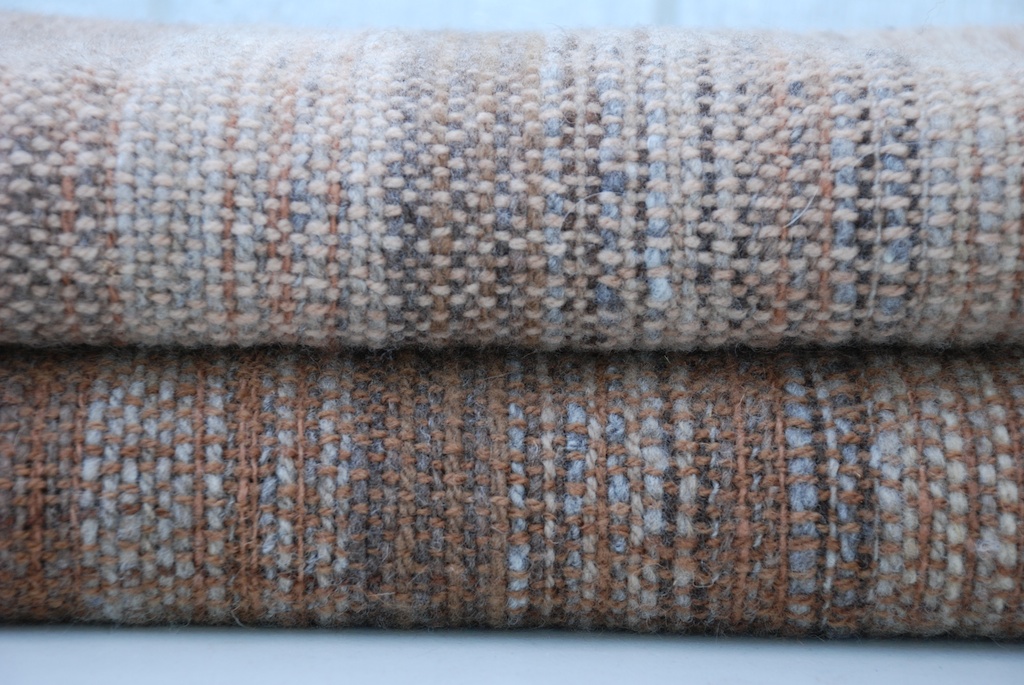 The next two blankets, above and below.
The next two blankets, above and below.
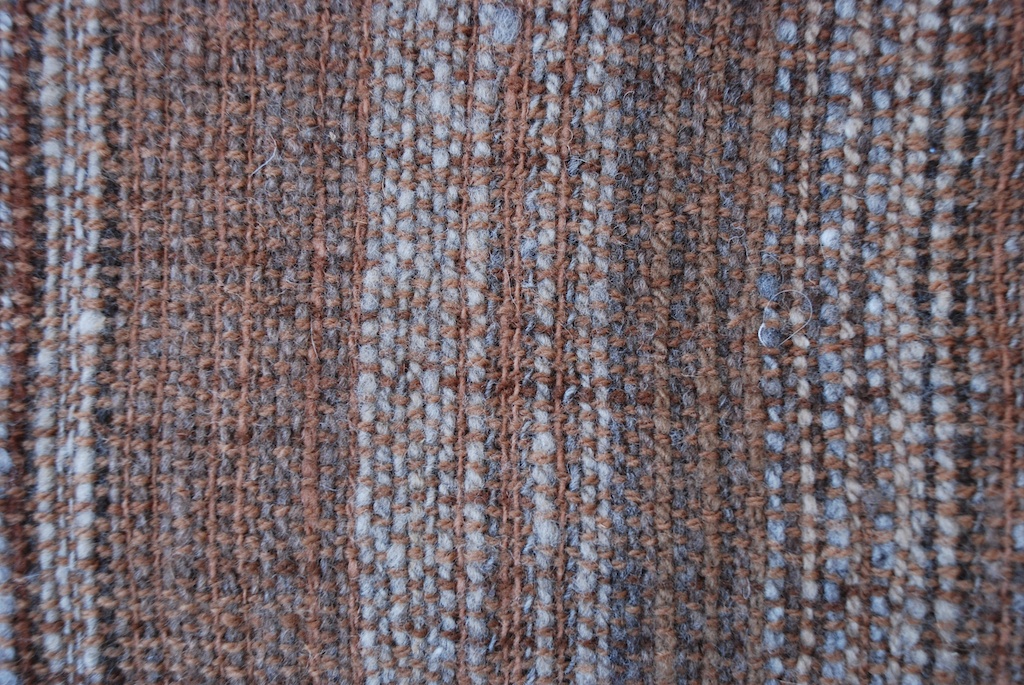
 This is the batch of yarns from which I worked. Not that Mom didn't spin in color, but for most of the pieces of the show I was trying to stick true to the "local" aspect of source of yarn and dye.
This is the batch of yarns from which I worked. Not that Mom didn't spin in color, but for most of the pieces of the show I was trying to stick true to the "local" aspect of source of yarn and dye. This is a pillow in the show with Mom's yarn in the warp. This fabric was leftover from a blanket I wove for Katie when she lived in VT. See this post for a photo of that blanket.
This is a pillow in the show with Mom's yarn in the warp. This fabric was leftover from a blanket I wove for Katie when she lived in VT. See this post for a photo of that blanket. Mom also did some weaving. This is fabric that Mom wove of her handspun yarn and I think she used some for a vest for my brother or maybe my uncle.
Mom also did some weaving. This is fabric that Mom wove of her handspun yarn and I think she used some for a vest for my brother or maybe my uncle.
There will be more blankets to come using more of this yarn.

